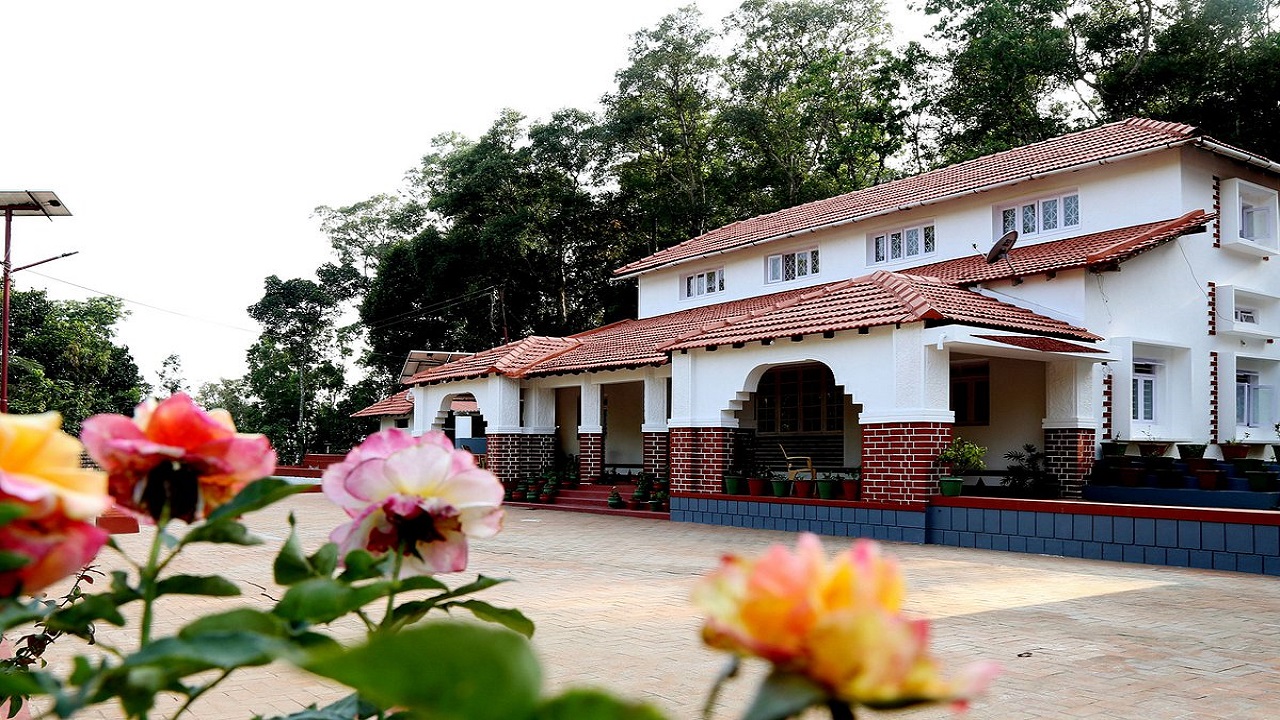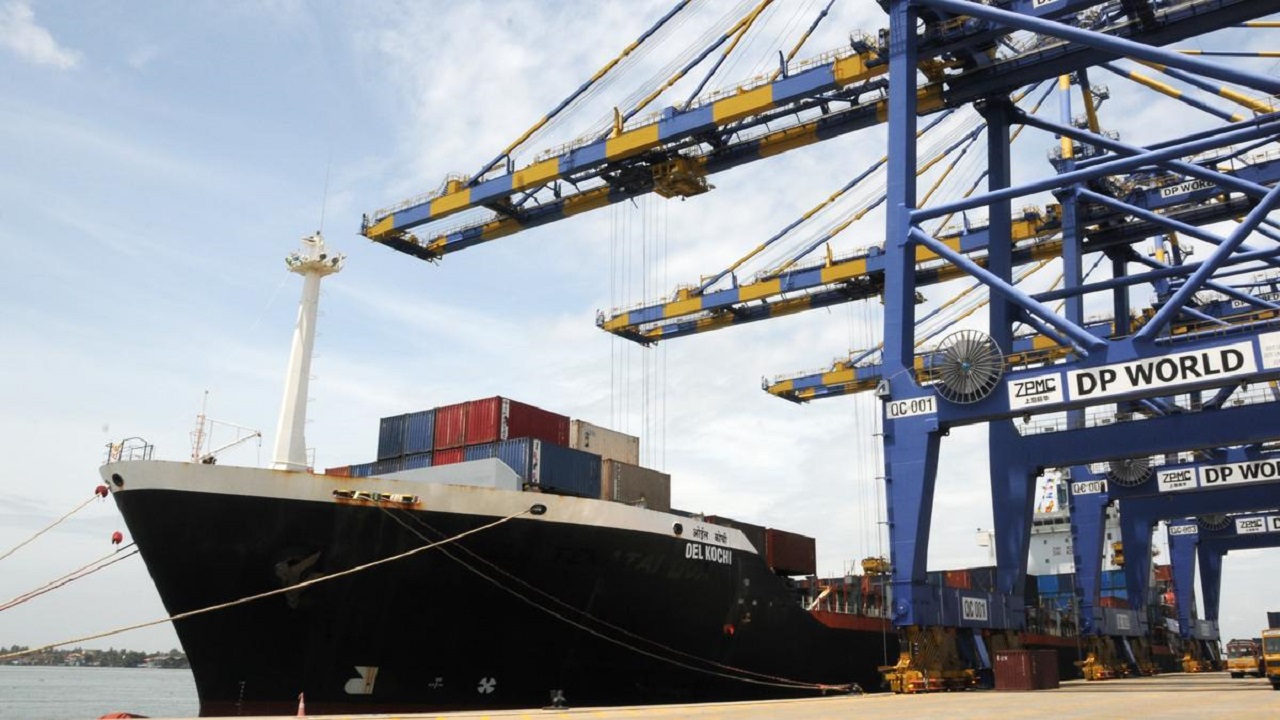Rethinking Homestays: Navigating Policy Pathways – NITI Aayog Report
Context
Tourism has become a key driver of India’s economic growth, generating employment, enhancing foreign exchange earnings, and promoting cultural heritage. With the rising demand for alternative accommodations, particularly in rural and semi-urban areas, NITI Aayog released a report titled “Rethinking Homestays: Navigating Policy Pathways”.
This report seeks to provide States with a model policy framework to harmonise regulations and create an inclusive homestay ecosystem that supports sustainable and community-based tourism.
State of Travel and Tourism in India
-
The sector has shown a remarkable post-pandemic recovery, led primarily by domestic tourism.
-
According to WTTC’s 2024 Economic Impact Research:
-
The sector contributed ₹21.15 lakh crore to India’s economy in 2024, marking a 21% increase over 2019.
-
Contribution is projected to rise to ₹43.25 lakh crore by 2034, forming 7.6% of GDP.
-
The sector currently employs 4.325 crore people (1 in every 11 jobs) and is projected to reach 6.3 crore jobs by 2034.
-
Domestic tourist spending in 2024 stood at ₹16 lakh crore (25% higher than 2019) and may nearly double by 2034.
-
International tourist spending reached ₹2.85 lakh crore in 2024 and is expected to grow to ₹4.07 lakh crore by 2034.
-
-
The Draft National Tourism Policy 2022 aims to position India among the top five global destinations by 2030, targeting growth in arrivals, foreign exchange earnings, and employment.
-
To support this vision, the government has:
-
Raised the Ministry of Tourism budget to ₹2,541 crore.
-
Identified and prioritised the development of 50 top destinations.
-
Promoted PPP projects and hotel investments under the Harmonised Master List.
-
Supported homestays through MUDRA loans.
-
NITI Aayog’s Report on Homestays
The report recognises that homestays and Bed & Breakfast (BnB) units are not just accommodation options but instruments of inclusive growth and cultural preservation. It recommends a model policy framework for States to unlock the sector’s full potential.
Key Insights and Objectives
-
Economic Potential: Homestays can promote sustainable growth, generate local employment, and encourage entrepreneurship, especially in rural and semi-urban regions.
-
Cultural Value: They provide authentic, culturally immersive experiences for travellers while protecting local traditions and heritage.
-
Policy Goal: To integrate homestays into India’s mainstream tourism strategy, strengthening both the economy and communities.
Core Recommendations
-
Light-Touch Regulatory Framework
-
Policies should remain simple, transparent, and flexible.
-
Emphasis on safety, inclusivity, and heritage protection.
-
Avoid excessive regulation that discourages participation.
-
-
Digital Empowerment
-
Creation of a centralised digital portal for registration, compliance, renewals, and updates.
-
Enhances ease of doing business for hosts.
-
Builds consumer trust through transparent processes.
-
-
Capacity Building and Local Empowerment
-
Provide training, certification, and skill development for hosts.
-
Use digital platforms for outreach, marketing, and strengthening credibility.
-
-
Financial Incentives
-
Move from individual-level support to destination-based incentives.
-
Encourage tourism in underserved and remote regions through tiered incentive structures.
-
Strategic Roadmap
-
Simplify processes to expand participation in the homestay sector.
-
Integrate technology to make systems efficient and transparent.
-
Preserve cultural authenticity while promoting sustainable tourism practices.
-
Position homestays as a tool of regional development, livelihood generation, and community empowerment.
Conclusion
The NITI Aayog report highlights the potential of homestays and BnBs to drive inclusive growth, cultural preservation, and sustainable tourism in India. By recommending harmonised regulations, digital integration, and destination-focused incentives, the report envisions homestays as a strategic pillar of India’s tourism sector, ensuring both economic prosperity and community well-being.



.jpg)
Comments (0)